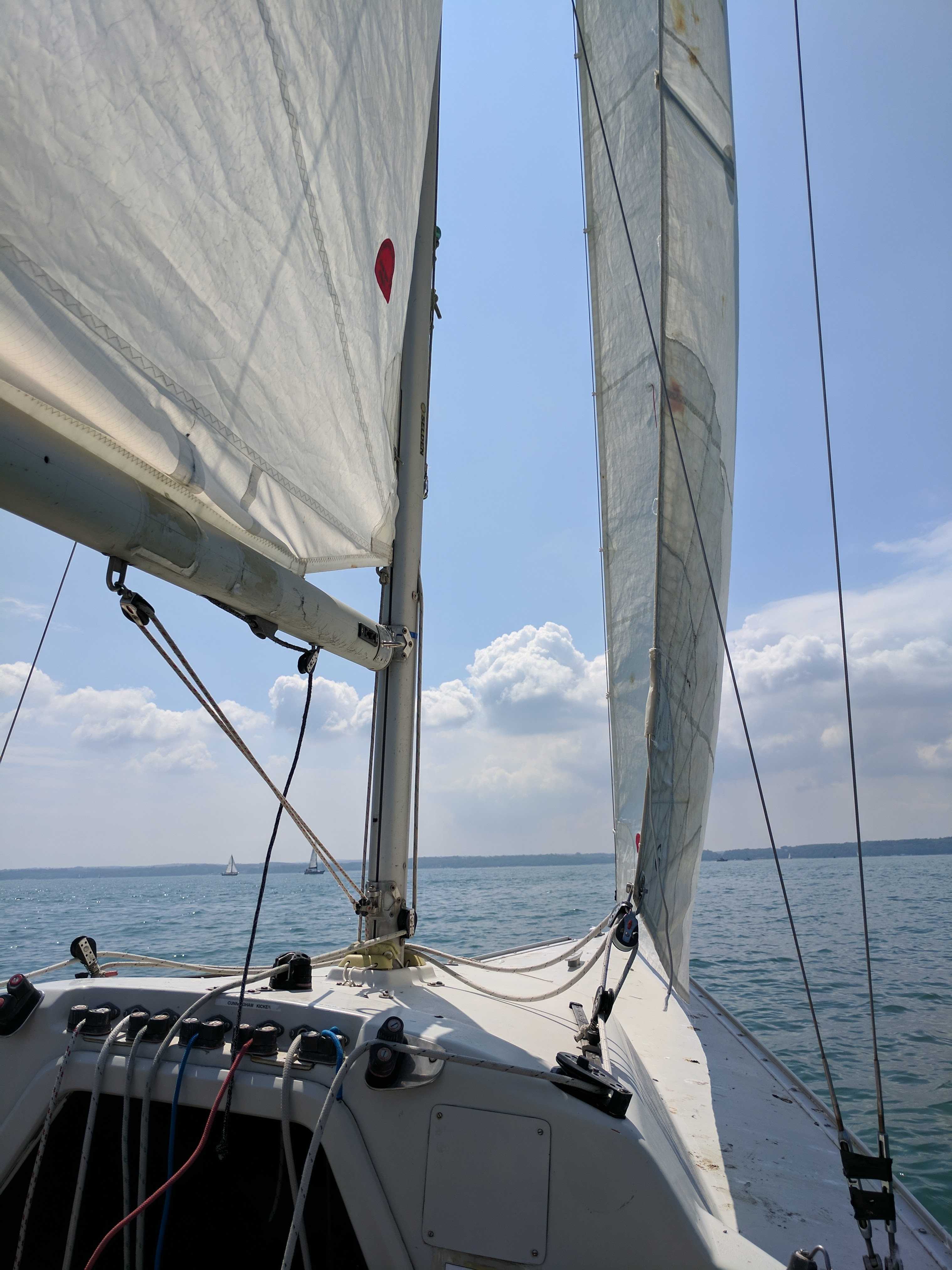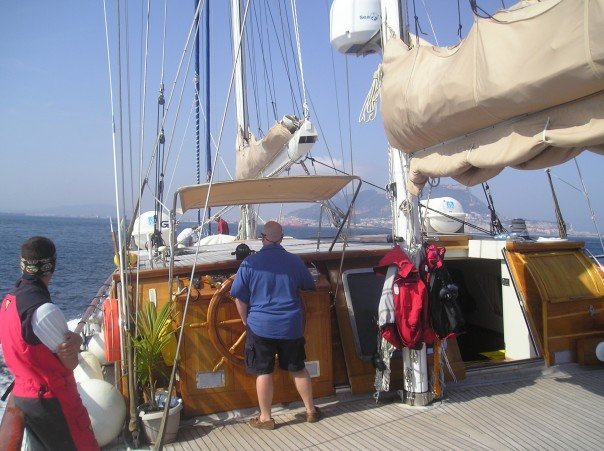Sailing little boats is a very different experience to sailing big boats.
On a little boat, the forces involved are mostly on a human scale. Even if it’s quite windy, a sailor can control the sails by pulling on ropes that are directly connected to the sails. If the boat’s coming in to land too fast, it can be slowed down with a well timed kick off the dock.

On a big boat, it’s different. Ropes have to be wound around winches for a sailor to have any hope of controlling the forces on the sails. If the boat’s coming in to land too fast, the strongest person in the world isn’t going to challenge its momentum with a kick - if they’re foolish enough to try, they risk breaking their leg. Giant inflatable fenders can take some impact for you, but mostly big boats just need to be steered a lot more carefully.
Teams can be like this too.
When you’re leading a small team, it’s possible to jump in and fix problems directly. If a piece of work needs to go a bit faster, it’s very tempting to take a break from leadership, and lend a hand (in my case by helping to write code). A lot of the time, the team will even thank you for doing so. It’s just a little kick, to stop the boat from hitting the dock too hard.
On bigger teams this isn’t practical. The force you can apply as an individual is just too small to make any noticeable difference. Instead (to stretch the analogy to breaking point) you need to work out where you can get mechanical advantage - what are your metaphorical winches? What are your fenders?
Leadership on big teams feels closer to trimming sails - the light touches and small adjustments that can make a huge difference to the boat’s speed.
Sometimes a well-placed piece of advice can prevent a team from going down a rabbit hole, just like a well-placed fender can prevent a boat from thumping into the dock.
Since moving from a small team (~6 engineers) to a bigger team (~50 engineers), I’ve been learning the same lesson I learned years ago when trying to push a 96 ton, steel hulled sailing boat off the dock. I might think I’m pretty strong, but on this scale I’m too small to make any difference.
Instead, I need to be looking for the small adjustments and careful interventions that let the team cut cleanly through the waves.
